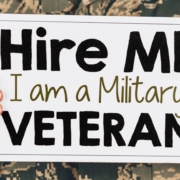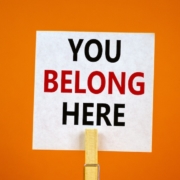How to Support a Struggling Coworker
By Nicole Martin
Having worked together for the last two years, Lisa couldn’t help but notice the change in Christine over the past few weeks. Always friendly and upbeat, Christine had become quiet and withdrawn. She was frequently making mistakes and had missed an important deadline. Lisa was quite concerned, but wasn’t sure what to do as they were colleagues, but not close friends. She doesn’t want to embarrass Christine, but she doesn’t want to ignore the warning signs either. Should she ask Christine if something is wrong? Mention her concerns to her manager?
Working day in and day out with your coworkers, you likely know their routines and personalities. You have a front row seat to their ups and downs, noticing when their moods shift. Given this relationship, you can recognize when they may be struggling with something. And, you are in a position to help.
Getting Colleagues the Help They Need
Physical and mental health challenges can impact your coworker’s life and work performance, along with your own, so it’s important that you find some way to help them – whether you directly speak with them or report your concerns to HR. Here are some ways to offer support.
Providing Support Services
If you have a good relationship with the colleague, you might want to talk to them privately about what you have observed. For example, say something like, “I noticed that you missed the X deadline, which is so not like you.” Give them the opportunity to respond. If they confirm your suspicions, don’t feel you need to provide a solution, but do offer a supportive ear and resources. Before you speak with them, gather information on the type of support your company offers.
An Employee Assistance Program (EAP) may be the first line of help. This is a workplace program that offers free – and confidential – counseling, referrals and follow up services for employees who are having some personal and/or work related problems. Suggest to your coworker that they speak to human resources who could provide some more information on the free support services available.
If your coworker doesn’t want to connect, simply say something like, “OK, but I’m here if you need to talk.”
Assist Them in Other Ways
Your coworker might not want to talk about what’s bothering them, but they may be willing to accept your support with work tasks. Don’t ask them what they need help with, but rather ask more proactive questions, like, “Is there anything I can take off your plate at the moment?” or “Anything I can do to help you meet the upcoming X deadline?”
When it comes to mental health, many of us are worried that we won’t say the right thing. But more often than not, offering support is more than enough. When I notice that a colleague is struggling, I do not always ask for details. However, I will let them know what I am observing and then make an offer to help. For example, “You seem overwhelmed today. What can I do to help?” Or, “That was a rough meeting and you look stressed. I am here to listen, even if you just need to vent.” This not only validates the other person’s feelings, but also gives them an opportunity to talk if they are comfortable doing so.
Learn How to Support Someone Struggling with their Mental Health
So many of us have been faced with mental health challenges over the last few years. And as we re-enter the workplace, new challenges may arise. If you want to learn how to help, there is a new initiative by Jack.org in partnership with Born This Way Foundation. It is a free, self-directed online course that provides individuals with the knowledge, skills and confidence to support someone who may be struggling with their mental health. It can help you recognize warning signs, your role in supporting them, and how to connect them to help. It’s less than two hours and well worth the time spent.
















